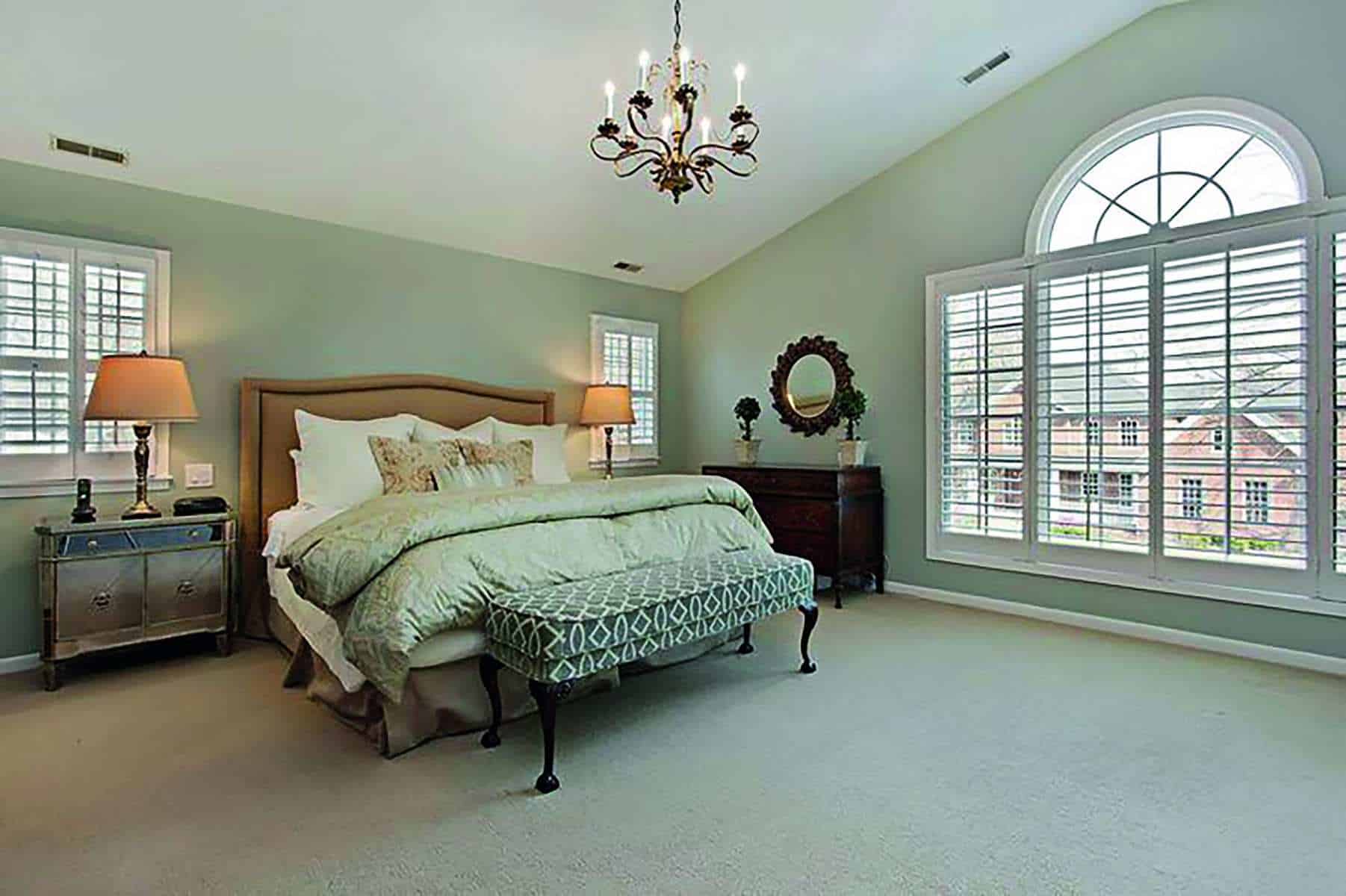
When it comes to carpets the only real factor we think of is the colour, and if the carpet matches the drapes. However, there is more to carpeting your B&B than just matching the colour scheme. Follow this handy guide from carpet and flooring specialists Morgan & Quinn, to help you match your carpet to your room.
The foundations
It is always best to know your measurements before you begin your carpet search, that way you can work out prices to compare the market. To measure for your carpet, measure the widest and longest part of the room, not forgetting to include any additional spaces such as doorways and inside cupboards that also need to be fitted. Make sure to allow at least 10cm to the width and length measurements for trimming, the same method applies to the underlay.
The first thing you need to consider when preparing to lay your carpet is the location you are laying it. What level of footfall will it need to endure? As the carpet you choose needs to support this. The usual recommendation is to have darker shades for your high footfall zones, and lighter shades in your low footfall zones, such as your bedrooms, to brighten up the room and add style.
One factor that many forget to consider when planning their carpet, is the underlay. Investing in good underlay can add value to your home, as well as extending the life of your carpet, often outliving it. Keeping your carpet in place, your underlay acts as a shock absorber, adding cushioning to your carpet against compression to help maintain its appearance.
Another bonus to investing in a quality underlay is that they can retain heat and help reduce heating bills. To help choose an underlay to support the insulation of your home, make sure to check the ‘tog’ rating. All underlays possess a tog rating, which refers to effectiveness of the material’s thermal insulation; the higher the tog, the better the insulation.
When identifying potential carpets or carpet tiles for your other living spaces, you need to assess the durability of the carpet. The best way to figure the durability of a carpet out is to look at factors such as;
- Thickness
A carpets density is how closely knitted each fibre is to one another, look at the space there is between tufts of the material. The larger the gaps, the more likely and quicker the carpet will lose resilience. For high traffic areas such as hallways, you will need a dense, tight, low-pile tuft.
- Resilience
The best way to test this is to press your thumb firmly into the carpet, the quicker the carpet springs back and recovers, the denser and more resilient it should be. To further test this, ask your retailer for a product sample. You can then test the spring by treading on the sample to see how well it retains shape.
- Weight
Compare the weight of two similar products to get an idea of density and durability. The product weights will usually be printed on the back of the sample. The heavier the carpet the denser it will be.
With the bedroom, the main goal is comfort rather than durability, don’t feel every room must be filled with dense durable carpet. When it comes to bedrooms, your bedroom is your sanctuary so treat your feet to a luxury soft fluffy carpet.
For other living areas that require more heavy-duty characteristics to withstand family life, the case is usually that short/low, dense-fibre carpets are the most durable, and practical, particularly for busy families with high-level foot traffic.
However, you can still have a fluffy, luxury carpet that’s also durable, as researching carpet brands can aid you in finding your ideal carpet. For example, if you desire a contemporary carpet of the latest colour trends, Fells carpets may suit your requirements.
If you are looking for more sustainably made carpet, Cormer carpets may be for you, as they use raw materials. Finding your ideal carpet has a lot of elements and should be a reflection of you and your family, as well as your living habits, making it a worthy investment if you want it to last as part of your home.
